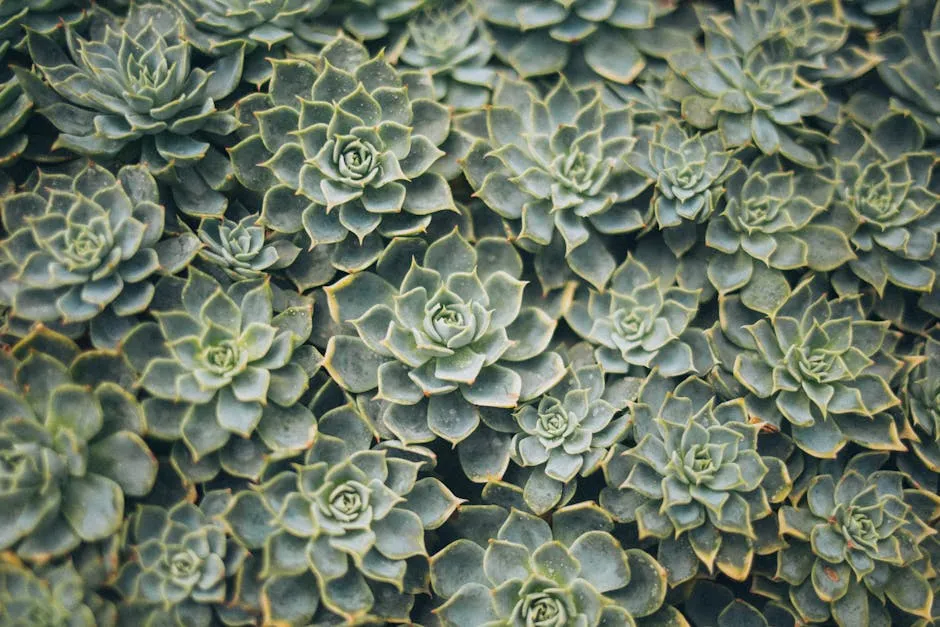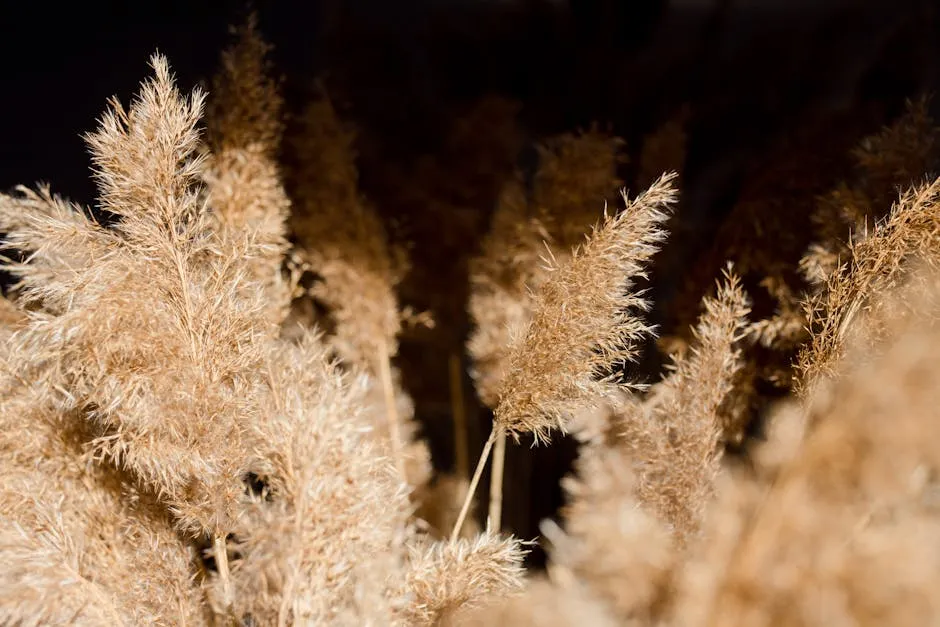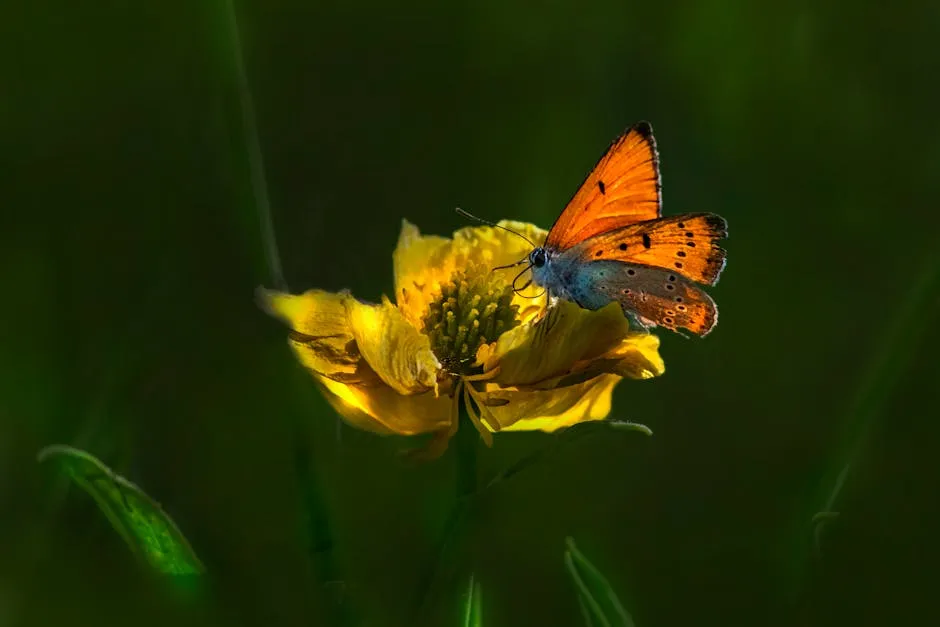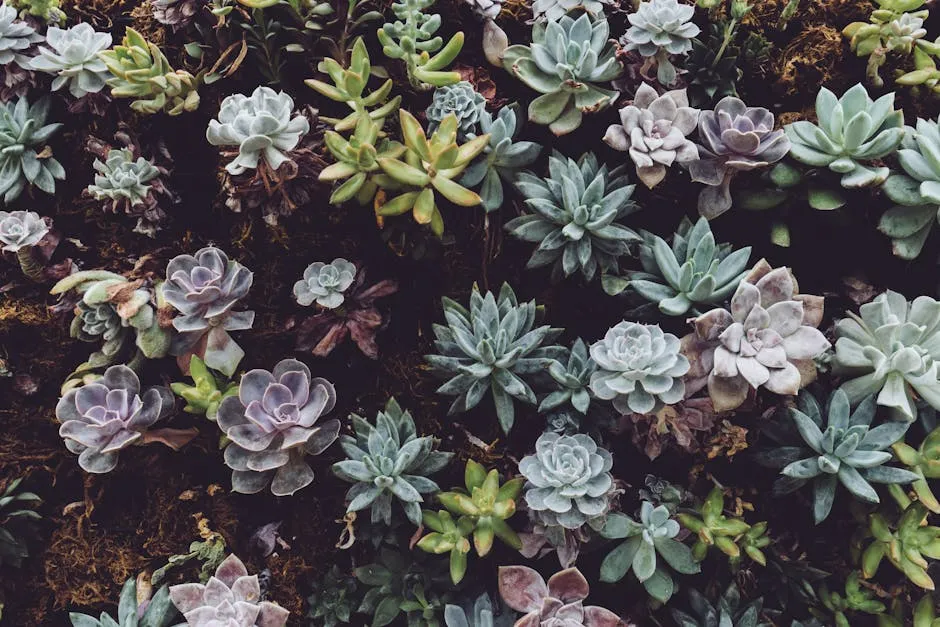

Xeriscaping Ideas: Transform Your Landscape into a Water-Wise Oasis
Introduction
Xeriscaping is an innovative landscaping approach. It focuses on water conservation, making gardens both beautiful and sustainable. With increasing water shortages, sustainable landscaping is essential. From native plants to creative designs, there are plenty of xeriscaping ideas suited for any garden style.
Summary and Overview
Xeriscaping means creating a “dry landscape.” This concept is crucial in arid areas where water is limited. By using drought-resistant plants and smart design, xeriscaping significantly reduces water usage and maintenance. You can save up to 50% on water bills with xeriscaping! In this article, we’ll discuss various design ideas, essential principles, and the best plants for your water-efficient garden. Whether you want to create a serene backyard oasis or a vibrant patio, we have tips to help you achieve your dream xeriscape.
What is Xeriscaping?
Xeriscaping originated in the 1980s to promote water-efficient landscapes. The term combines “xeros,” meaning dry, and “scape,” referring to a landscape. The principles behind xeriscaping emphasize water conservation and sustainable gardening practices. It includes selecting plants adapted to local climates and minimizing lawn areas. Each garden can be unique, reflecting personal style while addressing environmental needs. Statistics show that traditional landscaping can waste up to 50% of water, whereas xeriscaping maximizes efficiency and supports local ecosystems. Now is the perfect time to evaluate your current landscaping. Are you ready to make a change?
Design Ideas for Xeriscaping
Design with Mulch
Mulch plays a crucial role in xeriscaping. It helps retain moisture, keeping your soil cool and hydrated. By reducing evaporation, mulch ensures your plants get the water they need. Plus, it adds a polished look to your garden. You can choose between organic and inorganic mulch. Organic options include wood chips, straw, and shredded leaves. These not only enrich the soil as they break down but also attract beneficial insects. Inorganic mulch, like gravel or stones, lasts longer and requires less maintenance.
Mulching is essential for retaining moisture and improving soil health. Check out this mulching guide garden for more information.
Lean on Ornamental Grasses and Groundcovers
Ornamental grasses and groundcovers are fantastic additions to a xeriscape. They thrive even in dry conditions, reducing your water usage significantly. Grasses like blue fescue or feather reed grass not only look beautiful but also require minimal care. Groundcovers, such as creeping thyme or sedum, spread quickly and cover bare soil. They help prevent erosion and suppress weeds, making maintenance easier. Plus, these plants can withstand drought, ensuring your garden remains lush without constant watering.
Create Paver Walkways
Paver walkways can greatly enhance your xeriscaped garden. They offer a permeable surface, allowing rainwater to soak into the soil instead of running off. This promotes healthy plant growth and reduces the need for additional watering. When designing your walkway, consider spacing the pavers. This creates gaps for grass or groundcovers to grow, blending hardscaping with nature. You can also experiment with different patterns, colors, and materials to add visual interest. Popular materials include natural stone, concrete, or brick, each providing unique aesthetics. Not only do these materials look great, but they are also durable and long-lasting. If you’re feeling adventurous, why not make it a DIY project? Building your own paver walkway can be a rewarding way to enhance your landscape while getting creative. You can find garden paver stones online to get started!
Low-Maintenance Rock Gardens
Rock gardens are a stunning addition to xeriscaping. They require little water and maintenance, making them a favorite for busy gardeners. The variety of rocks you can choose from is vast. You can use boulders, gravel, or pebbles to create distinct designs. Consider how you place these rocks. Grouping them in clusters can mimic natural landscapes and enhance visual appeal. Combining rocks with drought-resistant plants is key. Succulents, ornamental grasses, and colorful ground covers thrive in this environment. They fill spaces between the rocks, adding life and texture. This combination not only saves water but also creates a striking focal point in your garden. If you’re looking for a great starter kit, check out this rock garden starter kit.
Incorporate Mediterranean Plants
Mediterranean plants are perfect for xeriscaping. These plants are well-adapted to dry climates and thrive in poor soils. Their drought-resistant characteristics make them ideal for sustainable gardening. Varieties like lavender, rosemary, and thyme not only look beautiful but also serve practical purposes. Using Mediterranean plants benefits local ecosystems as they support native wildlife. These plants provide food and shelter for pollinators, enhancing biodiversity. When you plant these species, you’re contributing positively to the environment.
Use Succulents in Containers
Container gardening with succulents has gained popularity for good reason. It offers flexibility in design and requires minimal maintenance. Succulents are water-efficient and thrive in small spaces, making them perfect for urban gardens or patios. For a great selection of succulents, check out this succulent plant collection. You can choose from a variety of succulents like jade plants, echeveria, or haworthia. Each type has its unique shape and color. This diversity allows you to create stunning arrangements that are visually appealing.
Succulents are ideal for low-maintenance gardening. Learn more about how to propagate succulents from leaf cuttings for your garden.
Create Pollinator Gardens
Creating pollinator-friendly xeriscapes is essential for supporting our local wildlife. By planting a variety of pollinator plants, you provide food and habitat for bees, butterflies, and other beneficial insects. These creatures play a vital role in pollinating many of our crops and native plants.
Incorporate a Rain Garden
A rain garden is a beautiful and functional component of xeriscaping. This garden design collects stormwater runoff, allowing it to soak into the ground instead of flowing away. By doing so, rain gardens help manage stormwater effectively and reduce erosion. When designing a rain garden, select plants that thrive in both wet and dry conditions. Native species like black-eyed Susans or sedges are excellent choices. Their adaptability ensures they flourish in this environment, providing visual interest and supporting local wildlife.
For effective stormwater management, consider how to design a rain garden for water conservation.
Use Drip Irrigation
Drip irrigation is a highly efficient method for watering xeriscape gardens. Unlike traditional sprinklers, which waste water through evaporation and runoff, drip systems deliver water directly to plant roots. This targeted approach ensures that your plants receive the moisture they need without excess waste. Installing a drip irrigation system can be straightforward. Begin by mapping out your garden layout and determining the water needs of each plant. You can easily find drip irrigation kits at garden centers that include everything you need for a successful setup. Maintenance is key for optimal performance. Regularly check for clogs and leaks, ensuring consistent water delivery. By using drip irrigation, you enhance water conservation techniques while keeping your garden healthy and thriving. If you’re unsure about installation, consulting with an irrigation specialist can provide valuable guidance and help you make the most of your water resources.For a comprehensive guide on setting up an efficient watering system, check out this article on building a DIY drip irrigation system.
What Are The Seven Principles of Xeriscaping?
To create a successful xeriscape, follow these seven essential principles:- Planning: Start with a thoughtful design. Assess your space and determine how to maximize water efficiency. Consider sun exposure, soil type, and existing vegetation.
- Soil Improvement: Enhance your soil’s texture and fertility. Add organic matter like compost bins to promote healthy root growth and improve moisture retention.
- Plant Selection: Choose drought-tolerant plants suited to your climate. Native species typically require less water and thrive in local conditions, ensuring a thriving garden.
- Efficient Irrigation: Use targeted irrigation methods, such as drip systems. This approach delivers water directly to the roots, minimizing evaporation and waste.
- Limiting Turf Areas: Reduce the size of grass lawns. Opt for hardscapes or low-growing groundcovers instead, which require less water and maintenance.
- Mulching: Apply mulch to retain soil moisture, suppress weeds, and regulate temperature. Organic mulches improve soil health over time, benefiting your plants.
- Maintenance: Regularly maintain your xeriscaped garden. Prune, replace plants as needed, and ensure your irrigation system operates efficiently.

Implementing the right plants can enhance your garden’s sustainability. Explore the low-maintenance plants for drought-tolerant landscaping in hot climates to choose the best options.
Conclusion
Xeriscaping offers numerous benefits, including reduced water usage and lower maintenance costs. With various ideas presented, you can create a beautiful, sustainable garden. Whether you opt for rock gardens, drought-resistant plants, or efficient irrigation systems, each choice contributes to a healthier environment. Don’t wait—start implementing xeriscaping ideas in your garden for a brighter, more sustainable future! And don’t forget to check out a gardening hand tools set to make your gardening journey easier!
Please let us know what you think about our content by leaving a comment down below!
Thank you for reading till here 🙂
All images from Pexels



